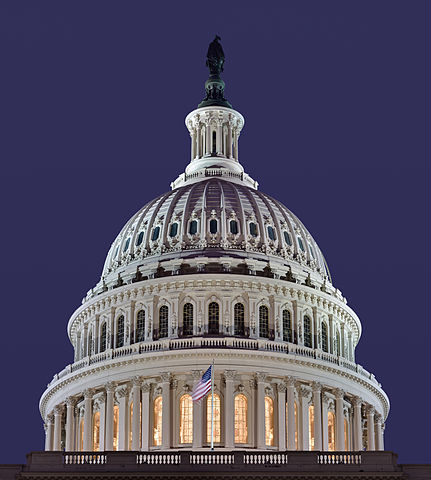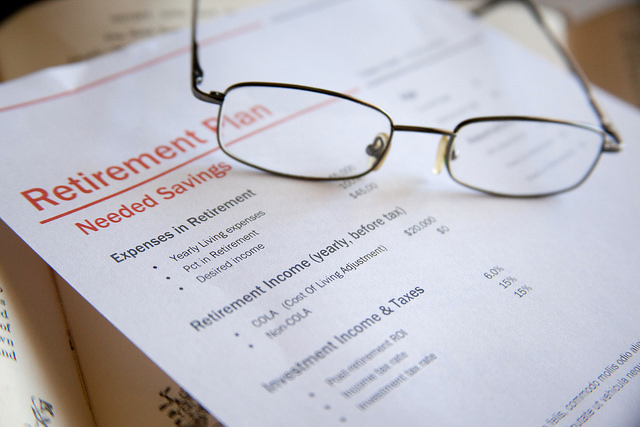Last month, Pension360 covered the Urban Institute’s ringing endorsement of a Congressional bill that would let local governments turn over the assets of their pension plans to insurance companies, who would then make payments to retirees.
Senator Orrin Hatch proposed the bill, called the SAFE Retirement Plan.
On Wednesday, another major pension player threw their opinion in the ring: Alicia Munnell, director of the Center for Retirement Research at Boston College.
She begins by outlining why the Urban Institute likes the plan, and why the Pension Rights Center doesn’t:
The folks at the Urban Institute think that this plan is terrific. They gave it an “A” under all seven of their criteria: 1) rewarding younger workers; 2) promoting a dynamic workforce; encouraging work at older ages; 4) retirement income for short-term employees; 5) retirement income for long-term employees; 6) making required contributions; and 7) the funded ratio.
Essentially it does not allow sponsors to underfund plans (items 6 & 7) and provides a more equitable distribution of benefits across participants’ age demographics. That is, young and short-term workers get more benefits and older workers have less incentive to retire than under a traditional defined benefit plan. With their criteria, the Urban Institute researchers would always give a higher grade to any type of cash balance or defined contribution plan than to the current defined-benefit plan.
The Pension Rights Center lumps the Hatch proposal with other de-risking activities, such as General Motors transferring its retiree liability to Prudential. In the private sector, such a transfer means the loss of protection by the Pension Benefit Guaranty Corporation (PBGC), and reliance on the strength of the insurance company to provide the benefits. Such a loss does not occur in the case of state and local plans, because these plans are not covered by the Employee Retirement Income Security Act of 1974 and therefore benefits are not protected by the PBGC.
Munnell then delves into her own opinion:
First, I am not quite sure how it would work. In the private sector, a company can spin off only fully funded plans. But few public sector plans are fully funded. Is the suggestion to close down the current public sector defined benefit plan and send all future contributions to the insurance company? In many states that path would be quite difficult given that employers cannot reduce future benefits for current employees. So I am not clear how a SAFE Retirement Plan would actually be adopted.
Second, I am very concerned about costs. One issue is that investments would be limited to those acceptable for underwriting annuities, a requirement that means essentially an all-bond portfolio. Trying to produce an acceptable level of retirement income without any equity investments requires a very high level of contributions. My other concern on the cost side is fees; insurance companies need a significant payment to take on all the risks associated with providing annuities.
In short, the SAFE Retirement Plan doesn’t seem like either a feasible or efficient way to provide retirement income. Fortunately, the plan is optional. So, I’m moving on to other topics!
Munnell runs the Center for Retirement Research and the Public Plans Database.

